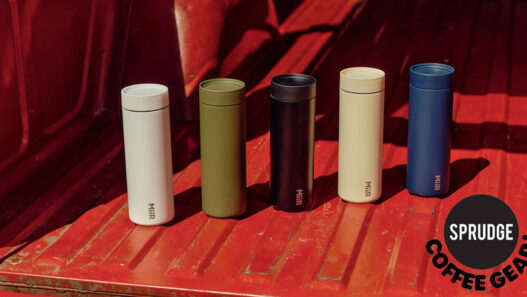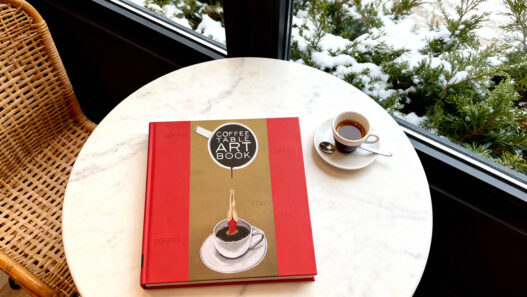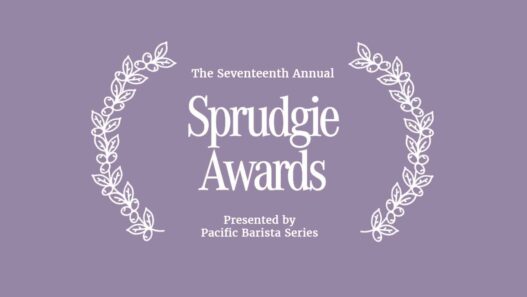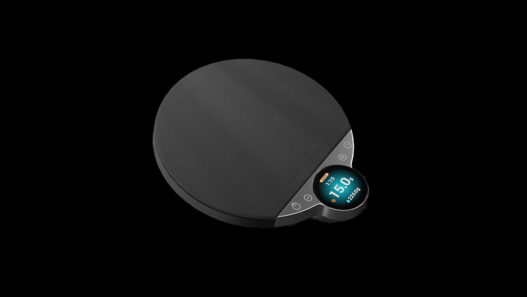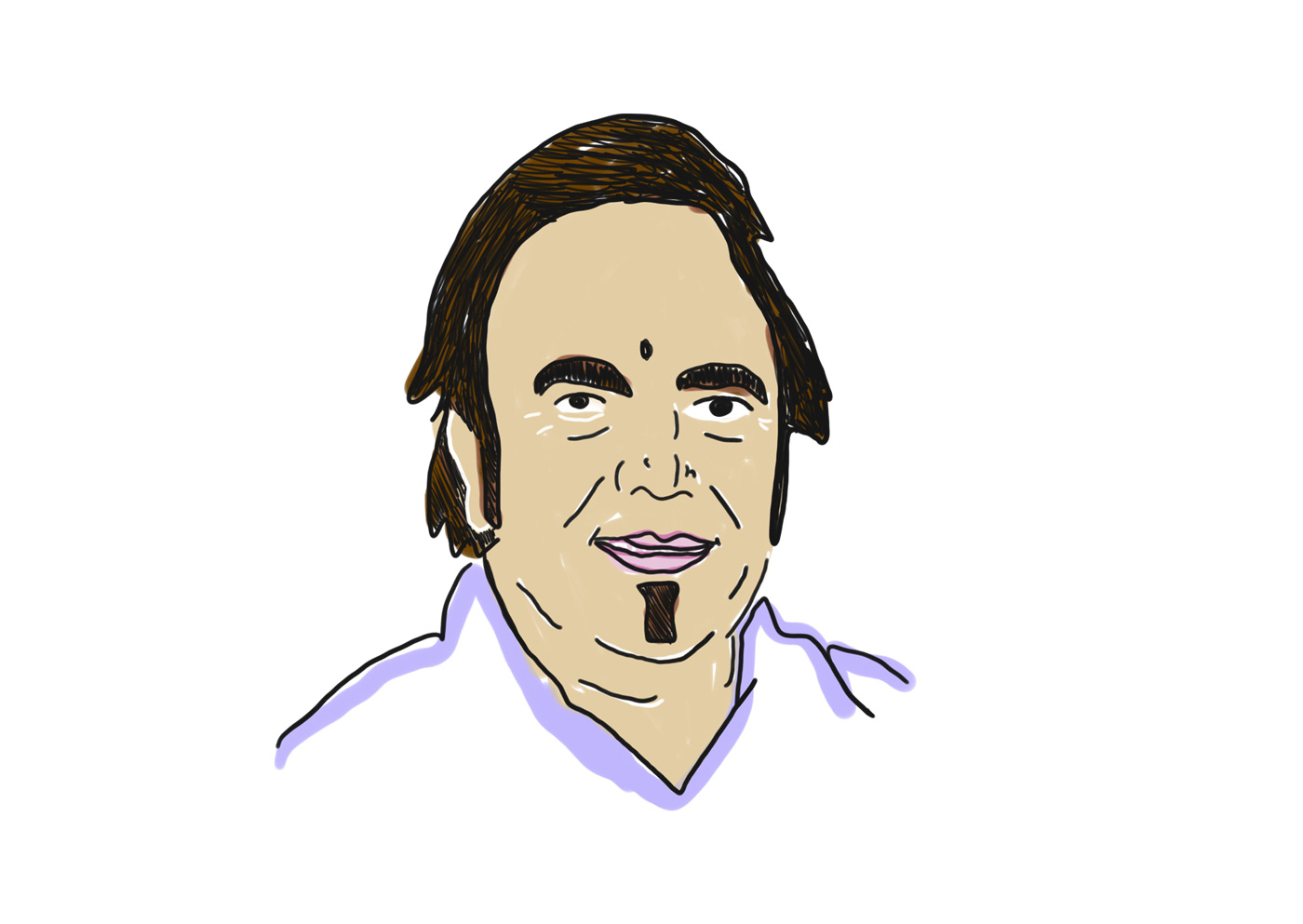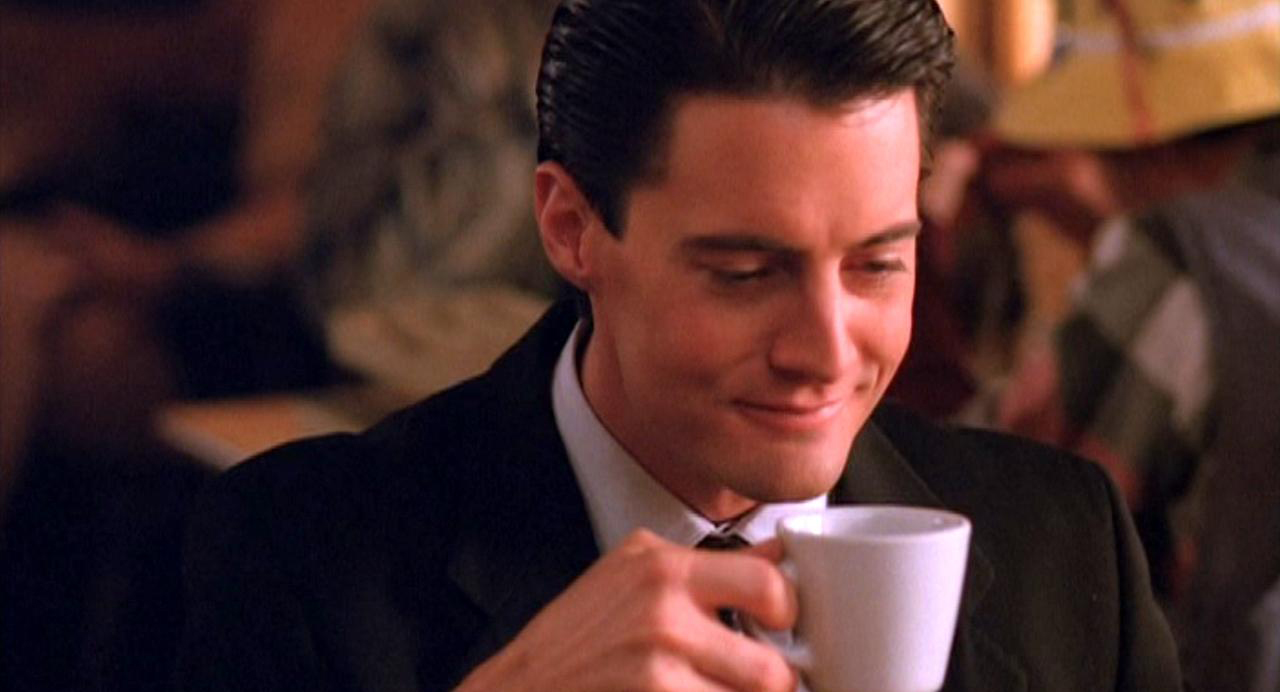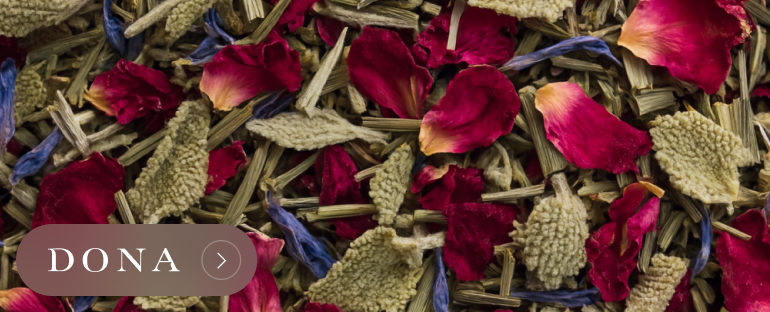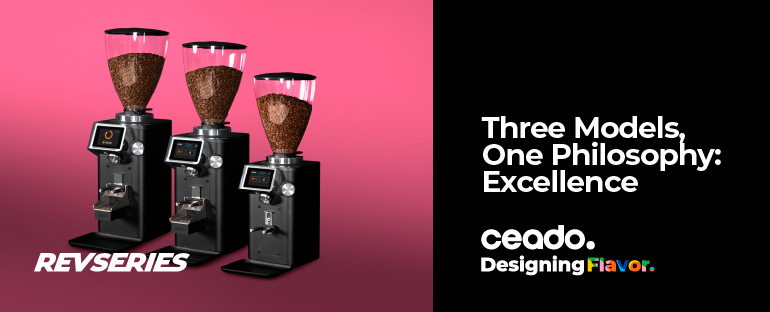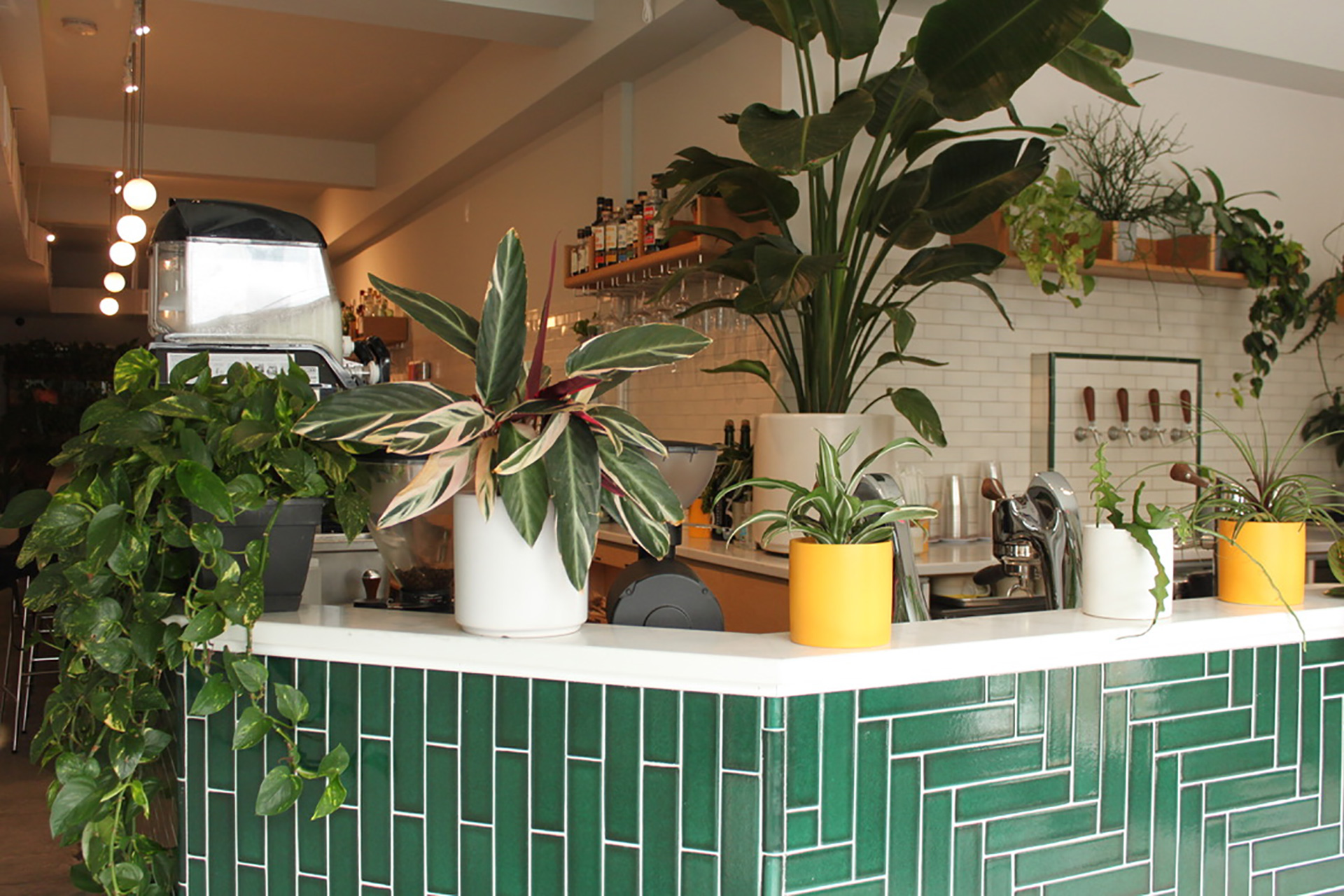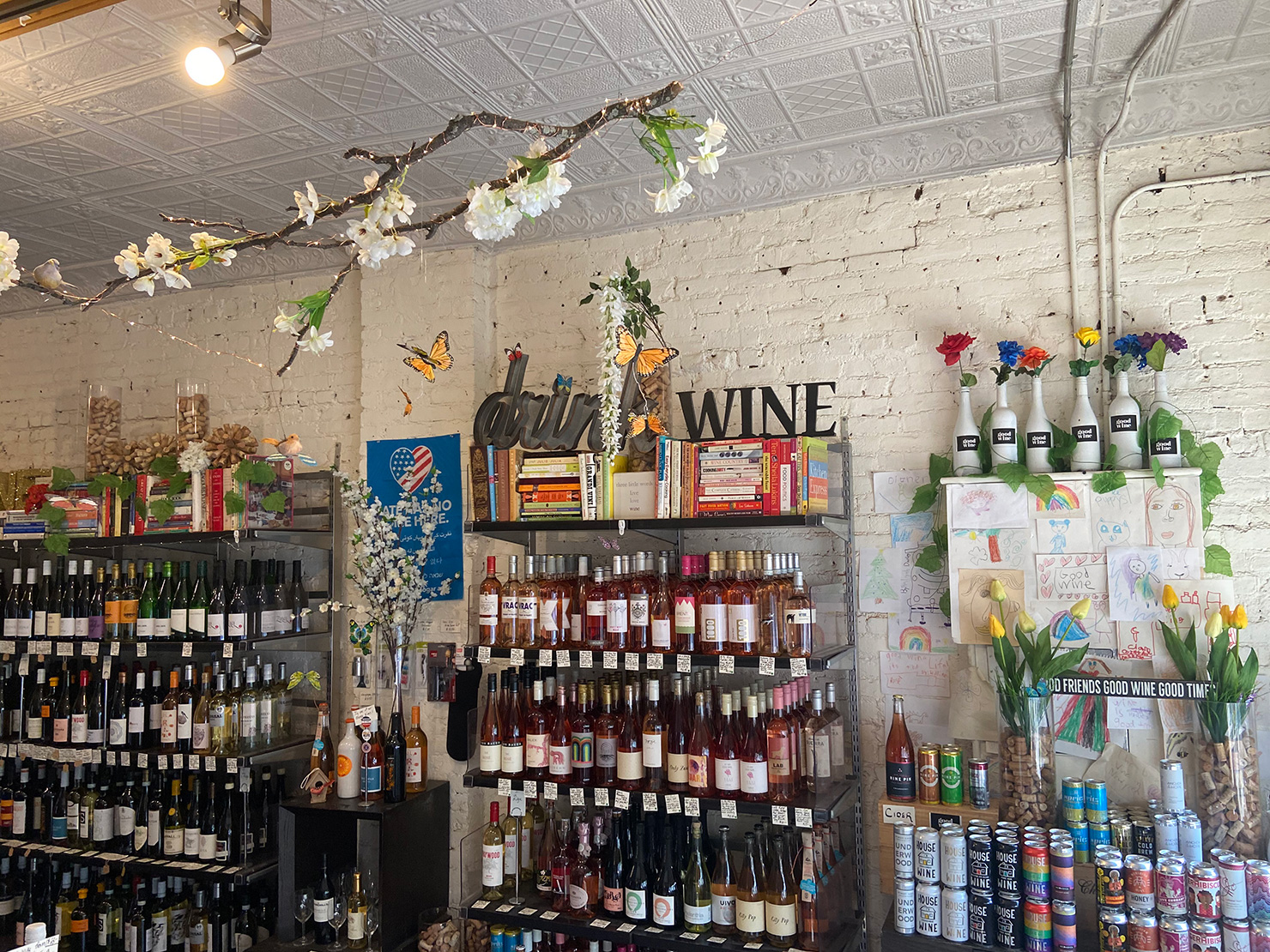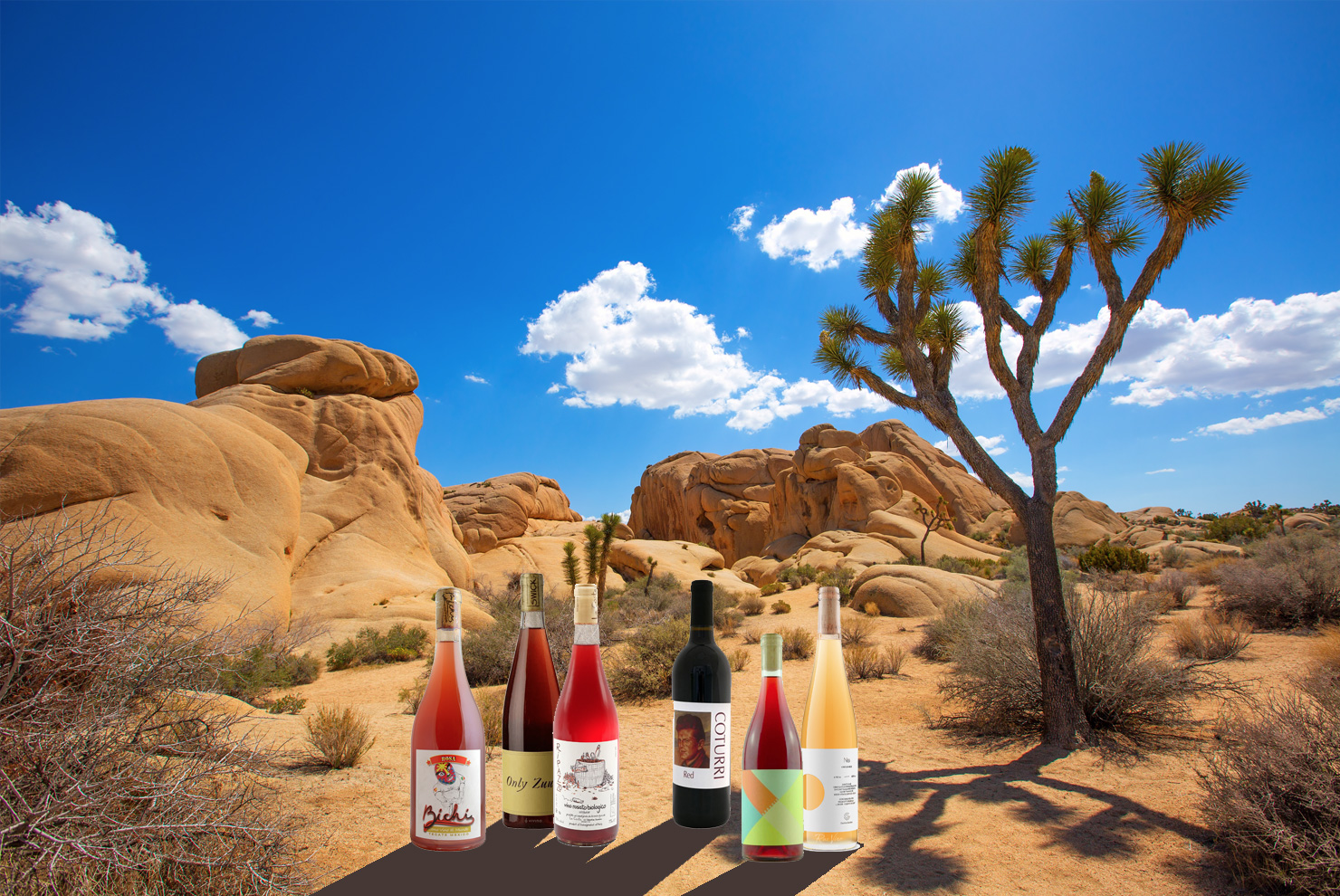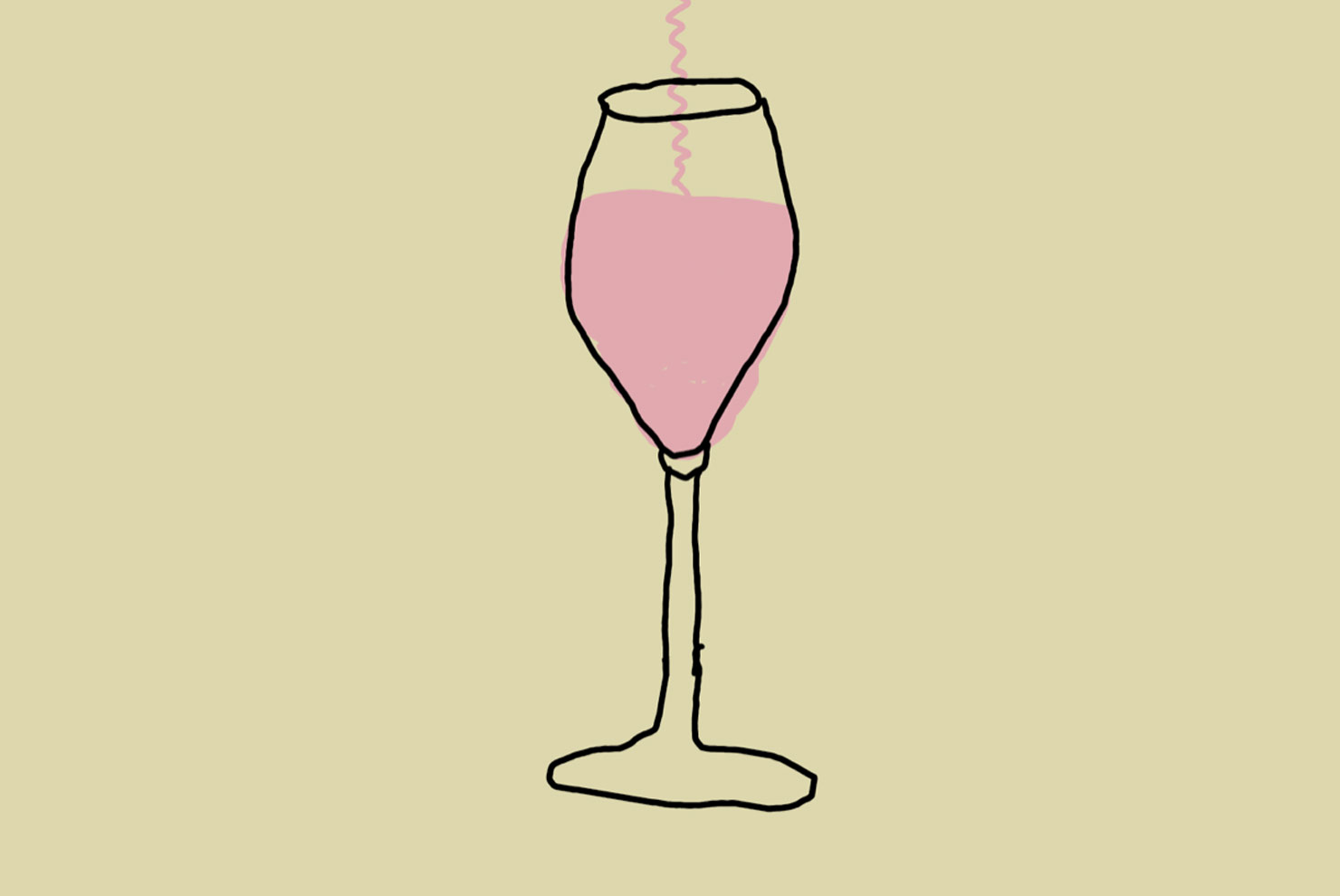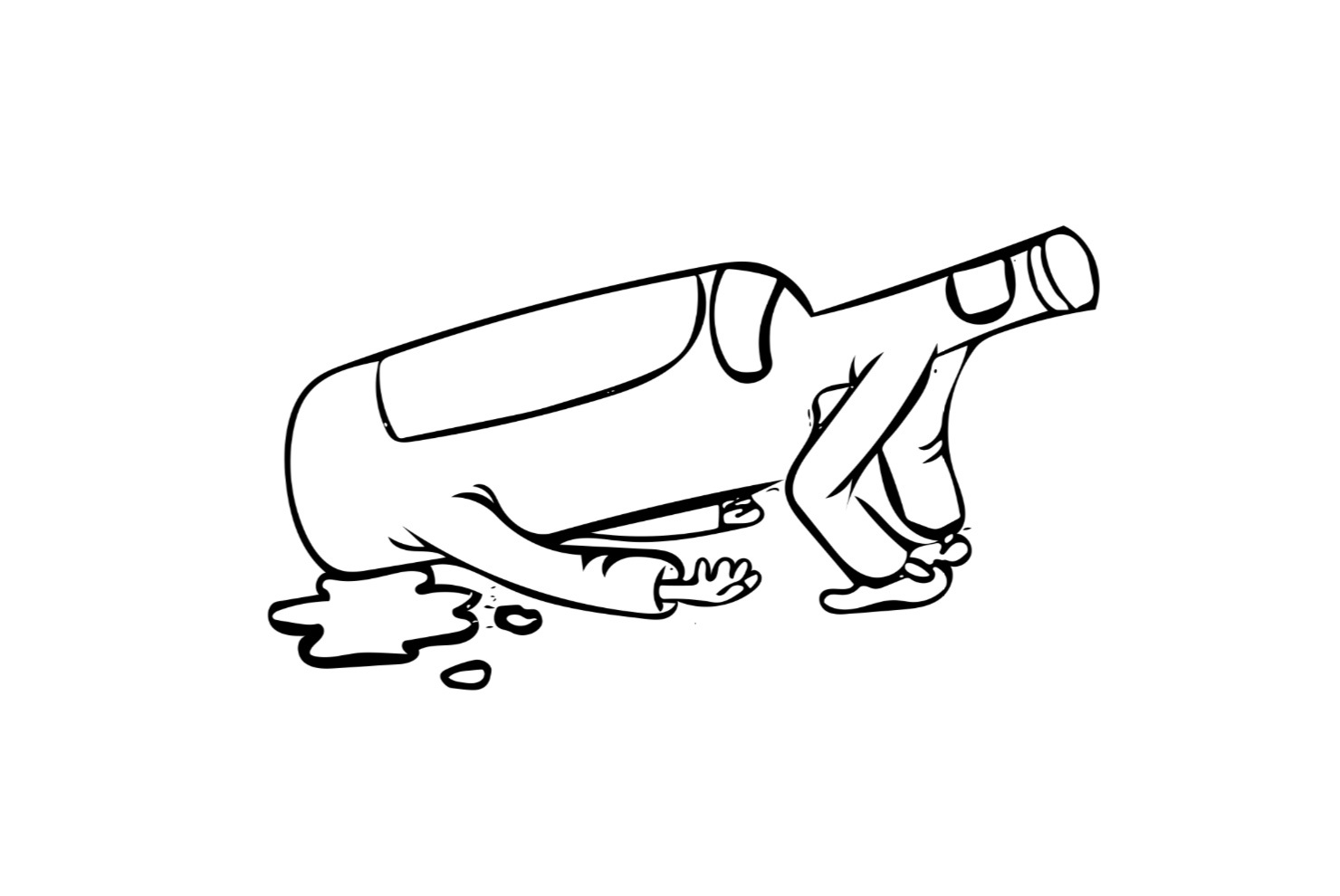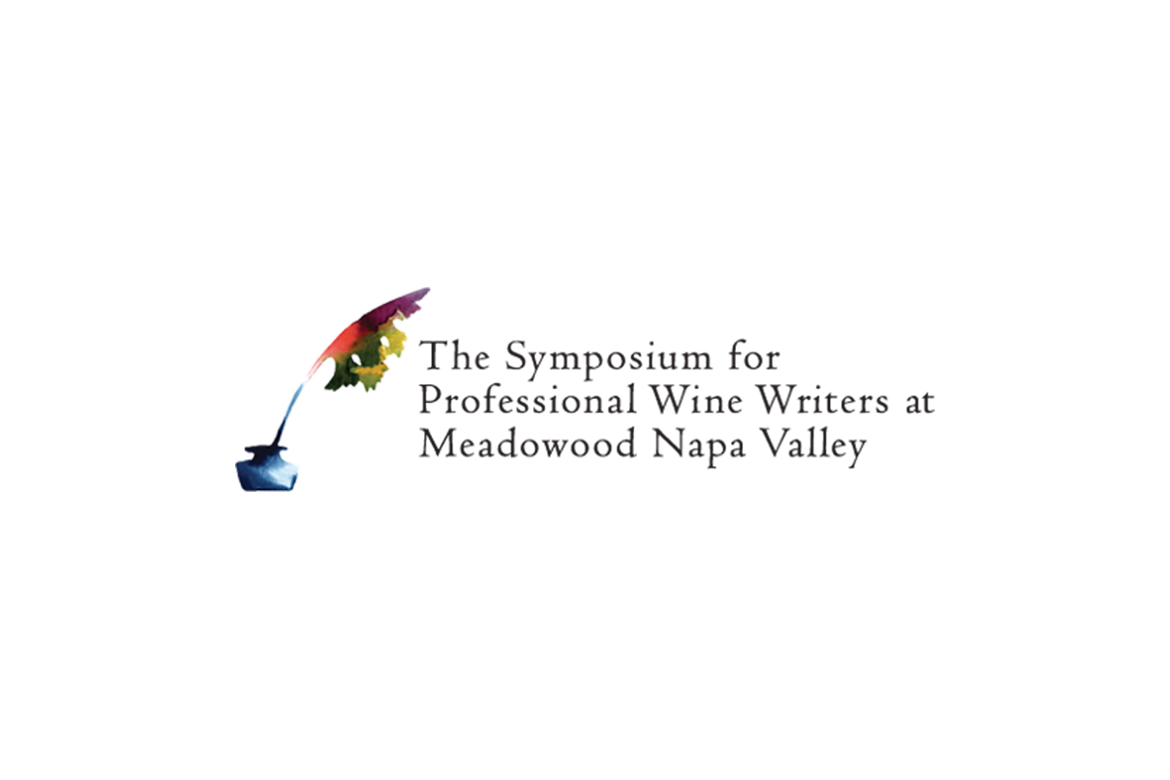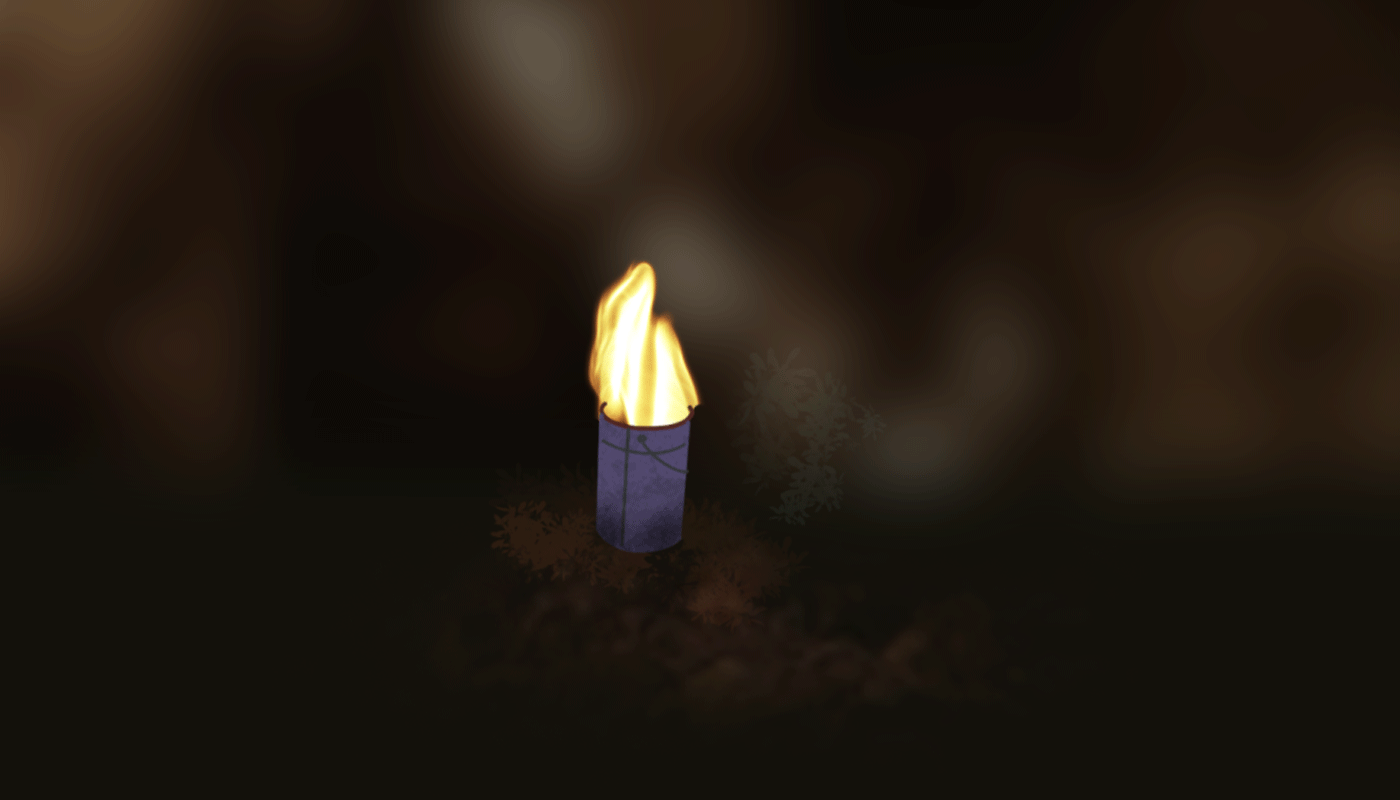I’m tucked into a corner table at Les Petites Terrasses, a village restaurant/post office located a few miles from the Domaine Sébastien David in Saint-Nicolas-de-Bourgueil. The winemaker himself is seated in front of me and has turned the little corner we’re occupying into a makeshift classroom, frequently gesturing to a map on the wall in order to illustrate the geological makeup of the “Nike swoosh” bend in the Loire river where his family has been making wine since 1634.
My five-month-old daughter is sitting on my lap; she’s an attentive pupil who is adapting to life in the Loire Valley, where lunches are long and conversation often gravitates toward talk of pruning techniques and projections on the harvest to come. I’m a proud mom, shamelessly showing pictures of my baby to people who haven’t asked to see them, and am observant of reactions to my little girl. Unlike the elderly women who mob us at the market eager for a hand squeeze or a bisou, David looks at my daughter with a sort of respect rarely reserved for infants, seeing her not as a baby with small hands and kissable cheeks, but as a real representation of the future. This reaction is not surprising considering it comes from a 17th-generation winemaker, one in a long line of children who have grown up and brought the family business into the future.
David uses the metaphor of raising children frequently throughout our conversation, possibly because he sees it is one that will hit home with me, but also because the cultivation of vines strikes him as being similar to child-rearing. “The vines are our children,” he says. “All year long we guide and accompany them and if we suddenly change an aspect of how we parent, they won’t understand what happened.”
This mind-set explains why David is steadfast, committed, and patient with each decision he makes regarding the vines. “Every action taken in the vines—pruning, letting the canes grow a little longer, grinding the branches—is an action that you must predetermine,” he says. The importance of thinking before acting is heightened when you consider the weight of history that each new generation of winemakers in the family carries with it. David is aware of the pressure; there is always the risk that someone in the family will “break up the synergy,” he adds.
The synergy seems intact under Sébastien’s reign. While some things remain the same in the vineyard—the vines are pruned following the method that has been passed on from father to son, for example—the domaine has undergone several changes since Sébastien took over in 1999. The transition to biodynamic farming is one example. “Biodynamic farming was a point of departure and an occasion for reflection,” he says. It was also an opportunity to build community through networks such as the biodynamic group of winemakers, which he founded in 2003 and now represents almost 200 hectares of vineyards in the region that have converted to biodynamic practices. The group meets regularly to make the infusions that will be used in the vines and to check in with each other.
Sharing knowledge and experience is more than just an anecdotal exchange of information for David: It’s crucial to the survival of his métier and it’s a practice that he feels needs to be saved from becoming obsolete. “In the past farmers held gatherings where the community came together from farms around the region to share experiences and discuss around the fireplace, often while partaking in some sort of manual labor—such as cracking nuts or preparing food. This tradition has since been lost,” David says regretfully, but it is something he is trying to develop. Sometimes even despite himself.
The loss of grapes to recent frosts—the domaine lost 85 percent of its harvest in 2016—provided a different kind of opportunity for community building. Buying grapes in 2016 was an “economic necessity,” David explains, but it was also “a chance to go work with other winemakers. I hadn’t left the domaine to work elsewhere in 16 years and working somewhere else for a week gave me time to ask myself questions about my method of winemaking and exchange with other winemakers.” This too marks a change from the generation before. “My father wouldn’t even go taste his neighbor’s wine, so going from that to tasting wines [from around France] provides a whole new set of data.”
David says that 80 percent of his work is done in the vines and 20 percent in the cellar, but putting it this way seems like an understatement given the equally ambitious advancements and that they take place 27 meters underground in his impressive cave. In 2007, David decided that he would no longer add sulphur to his wines, marking another break from tradition. Each undertaking represents a challenge, but also a psychological change for him. “The technique is one thing, but it’s also mental, almost philosophical,” he explains. “If I decide that I’m no longer going to use sulphur, then I have no other choice but to find solutions for making that possible.”
He finds solutions through experimentation. His cellar is a collection of amphoras and cement eggs scattered in the cavernous space, some of which are floating above ground, tethered to the stone wall by wire—an experiment to test the influence of suspension in winemaking. The collection has been growing since 2008, when David began fermenting in the concrete eggs. The form and the way that temperature is regulated by these clay and terracotta vessels allows for an active fermentation on the lees. He was inspired to keep the wine on its lees after a Georgian winemaker offered this parenting advice: never separate the child from its mother.
It’s clear the wines are happy with David’s decision to keep mother and child together. The 2016 Hurluberlu, an assembly of Grenache, Cinsault, Fer Servadou from the South with 30 percent Cabernet Franc, embraces the fruit of the Southern varietals but retains the signature tannins and astringency of the region thanks in part to its aging in the concrete eggs.
David says that changes in the vines take seven years to be integrated and tasting his older vintages proves that patience is rewarded when it comes to his wines as well. “I think three years after bottling is the perfect time to drink these wines,” Sébastien explains and we move on to the 2014 Vin d’Une Oreille and I see what he means. Three years seems to be just the right amount of time for a young wine to grow up a bit and begin to show off what it has learned from mindful parenting.
Emily Dilling (@parispaysanne) is a freelance journalist and based in the Loire Valley. Read more Emily Dilling on Sprudge Wine.




